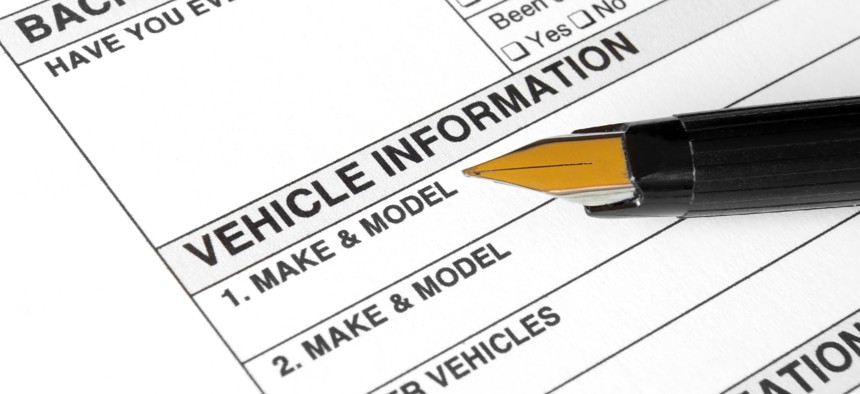How one state cut its vehicle titling time down to a few days

i_frontier/Getty Images
West Virginia is the first state in the nation to digitize its titling process, but a DMV overhaul must be handled with care.
It used to take as long as 40 days for a vehicle title application to be approved at the West Virginia Department of Motor Vehicles but now that process takes all of four days, according to those involved in its latest modernization project.
West Virginia Gov. Jim Justice announced late last year the state was the first in the nation to digitize its vehicle titles, which allows vehicle lenders, retailers and insurance carriers as well as residents to access their titles online or via a smartphone app, and allow all title-related transactions to be done electronically.
The initiative is designed to help reduce processing times and simplify the management and distribution of vehicle titles. Justice said in a statement at the time that the digitized effort is “more secure, much faster, good for the environment, and it puts our citizens first, getting them out of line at the DMV.”
A recent McKinsey study found that vehicle services at the DMV is one of the key drivers for how satisfied residents are with their government, along with taxes, public transit, affordable housing and unemployment services. McKinsey argued that digitization can help improve customer satisfaction government-wide.
But the way technology is set up at the DMV, it forces that effort to be an “iterative process,” said Ian McQuinn, general manager of West Virginia for government technology company NIC, a division of Tyler Technologies and a partner on this title effort, rather than a top-to-bottom reinvention.
The need for caution is partly due to the legacy mainframe technology still in use at many DMVs, which requires careful migration to avoid breaking the whole system. That becomes especially difficult if that mainframe has been in use for several decades, said Kellie Kerstetter, NIC’s general manager for Louisiana, as a long-in-use system can “permeate the agency's operations” and so make them reluctant to change.
In addition to still being on mainframe, many DMVs still rely on paper for customer applications and other processes. Transitioning away from that and digitizing those records can also be costly.
“You can't just hit delete,” said Shane Bigelow, CEO at digital title management company Champ Titles, which is also a partner on the West Virginia DMV’s new initiative. Instead, he said, the combination of dated technology and paper creates a “very tangled web” that must be unwound slowly.
Nationally, there is still a long way to go to reach what Seth Engel, a senior product marketing manager at DocuSign, described in a blog post as a “paperless DMV.” As of 2020, Engel wrote that while most states allowed driver’s license renewals to be done online, there were still some holdouts, even though it is one of the easiest processes to digitize as information is all contained in a central database.
But with more than 50 states and territories with their own systems, technology and procurement processes, modernization will be slow and uneven as different jurisdictions approach it in their own way.
Moving to cloud and software as a service can help ease the modernization process, Bigelow said, if that is the path states go down. Where it used to take three to five years to roll out some upgrades, those systems mean they can now be launched in a matter of months with the necessary customizations and create “price efficiencies and rollout efficiency” for states.
McQuinn said it has also helped that NIC has been partnering with West Virginia’s DMV on various modernization efforts since 2007, helping ensure a strong relationship and open lines of communication between all stakeholders.
The COVID-19 pandemic prompted many DMVs to rethink how they deliver their services, with many leaning heavily on online offerings to try and reduce the number of in-person visits. For example, California now offers the ability to take a driver’s license knowledge test and renew a disabled person’s parking placard as one of their many services, as well as encouraging customers to update their information online—a service available in most states—and upgrading its license and identification card application.
At the time of the launch of its online disabled parking placard renewal, California DMV Director Steve Gordon said it was the “next big thing in our customer-focused modernization efforts,” and would help reduce fraud.
Californians appear to have already embraced the state DMV’s online-first approach. The agency said it had 23 million online transactions in 2020—during the worst of the pandemic—with more than 1 million virtual sessions that previously would have required an office visit.
Kerstetter said the future of DMVs nationwide is going to be “contactless,” where all things can be done online except required in-person transactions like sight tests, driving tests and identity verification. McQuinn said agencies must build “the foundation from the digital perspective,” then can “go out and meet the citizens where they want to interact and transact,” which is increasingly online.






